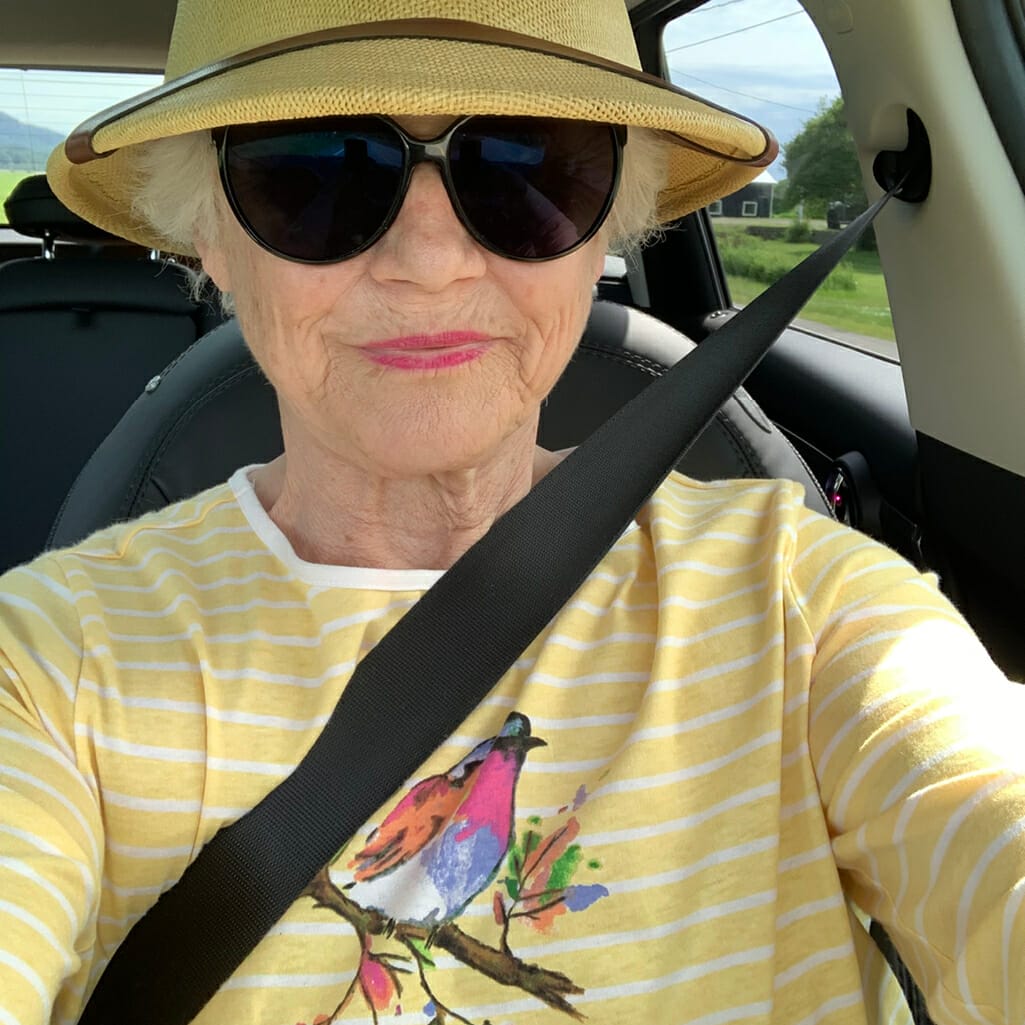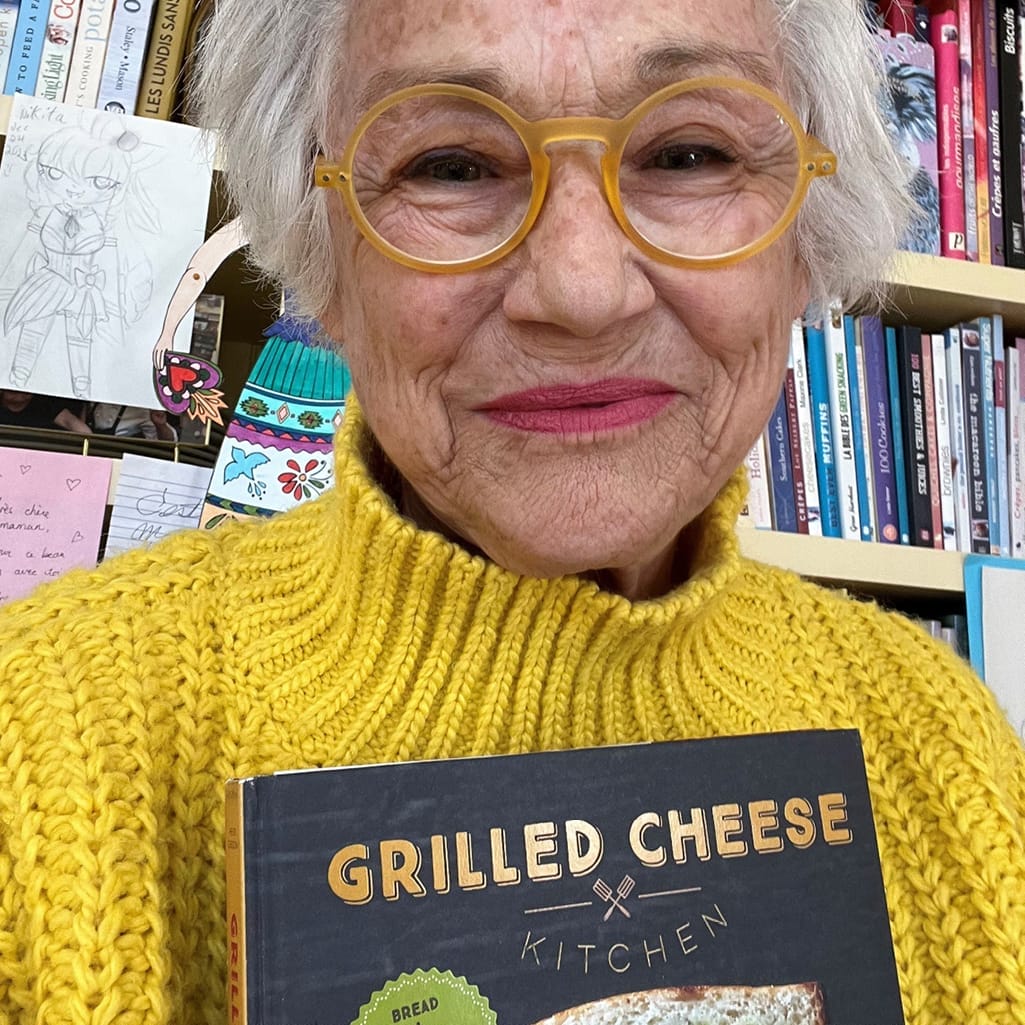On to Gaspé (Travel letter No. 6)
Have you ever noticed that the return trip always passes faster than the trip there? We drive, we fly, our eyes become used to the landscape. And the calm, accommodating sea remains at our side. Even when passing through the upper Gaspé, with its mountains and valleys, and breath-taking scenery. I am presently on the 132 North-West headed towards QUEBEC CITY with a stop around 6 p.m. to overnight in GRANDE-VALLÉE at an inn with its toes dipped in the salty water.
I left PERCÉ around 1 p.m., after a satisfying morning of writing. I must admit, I didn’t have much difficulty leaving. A bitter cold was pushing me towards the mountains. So I said farewell to the gulls, waved to the rock and Bonaventure Island and set off to climb the cliffs guarding GASPÉ. The first small village announced its name: BARACHOIS. How strange! Apparently, the village has been part of the town of PERCÉ since 1971. The most notable thing in BARACHOIS is its 10 km long sandbank. I didn’t walk on it, but I did gaze at it for awhile.
Leaving this pretty village, my Mini is rumbling. She is already tired of constantly ascending and descending hills. We are heading towards GASPÉ, which sits on the big nose of the Gaspé Peninsula. BEWARE, DANGER. White helmets are digging up big iron veins along the road. An unusually large man holds a huge hose in his hand. He is spraying down the dust being thrown up by the work. I thank my lucky stars I was a cook! My mind takes a thousand pictures of the ocean as I drive along. The sky is dark blue, almost the same blue as the blue bins dotted along the road. To my left, another cemetery with roots planted in the sea. In front of me, a dead skunk lies on the two yellow lines of the road. Is it less or more fortunate than the bones lying underground?
Did you know? The First Nations have occupied the territory for thousands of years. The name GASPÉ goes back to the Micmac word Gespeg meaning “end of the world” or “end of the land.”
GASPÉ, 26 kilometres. A vast coastline, perpendicular to the sky, now dominates the view. Its surroundings full of idyllic greenery. I have just heard on the radio that rain is a book’s best friend. Is this really true? Rain can soak the pages, soften the flesh of sentences and dilute the meaning of words. At one point, my mother had a hobby of washing our hair with rainwater. I never gave it much thought, but I remember that we boiled the water on the wood stove first.
GASPÉ, 7 kilometres. Will I find a place on my way to buy a new notebook or two to capture my thoughts on paper? Often I stop at the side of the road, in a driveway. A huge veranda encircles my head, where ideas wait for me to write them down on a sheet of paper.
The car is on a downward trajectory. On the left, a beautiful bay; on the right, a convenience store. A bridge appears and GASPÉ awaits me on the other side. A small shopping centre offers hope of finding something suitable to write on. I head in and come across a nice independent bookshop where I purchase three books. As if I don’t have enough in Montreal! I'm a voracious reader – a “libriofagas.” That means I eat them every day. I can be quite eccentric. I even invent words that I borrow from Ancient Greek, forgetting them soon afterwards.
I live alone in a big one-storey house. Every day, I choose what I want to see, read and hear. I listen to clever Mozart, Handel and a lot of baroque music. They say it makes writing easier. I am convinced that whatever happens to me today, the sun and my Sun will rise again tomorrow.
I am now moving along the 197 North. I have cut across a section of GASPÉ’s nose to save time, but I am not pressed for time; the girl at the PERCÉ tourist office suggested this shortcut. And I usually listen to people who want to help me.
The mountains are as high as the ocean is deep. At least that's what I think as my Mini climbs into the sky. All the villages in GASPSÉSIE look alike: small and medium-sized houses, along with a few big ones, all painted white with beautiful lilac bushes in front. A hundred times I want to stop and pick some, but I do not. It’s not nice to take someone else’s property, especially if you’re stealing lilac branches that will never grow back.
The morning before yesterday, at the supermarket in CHANDLER, I bought myself several Bosc pears, some cherries from who knows where and some mixed candies to help the dryness in my mouth caused by prolonged silence. A rare condition for me. Truth is, I am bit of an opinionated loudmouth, but the trip is doing me good. It calms me down and teaches me to think in silence. I drive in a straight line for a few moments before arriving in SAINT-MAURICE-DE-L'ÉCHOUERIE; a cumbersome name, but an attractive seaside town. I stop my car and look for my bag of sweets. I take one out, unwrap it and bite into it. I immediately feel like throwing it out the window. Maybe a hungry bird will swoop in and take it.
POINTE-JAUNE (“yellow point” in French). But there is nothing yellow on the horizon; everything is green and white. The white of the little houses that all look the same. Ascending a large hill, I notice that only the double line in the centre of the road is yellow. It’s an unusual shade, the same yellow in fact as the Cora SUN. Pixel for pixel, the lines on the road and the star that shines over Cora restaurants are the same colour. I’ve only now noticed it, after 35 years. Such is life: It’s often the things closest to us that we neglect to see, like the dog whose tail you step on, the husband who fills your cereal bowl every morning, a teenager polished smooth by life’s routines, a belly that grows unbeknownst to its owner, a neck that cracks, a breast that gradually deflates.
The car ascends and descends one last time and I arrive in CLORIDORME, where there is far too much beauty for so few houses. Heavens! Wild roses on my right. Like the ones we used to have in CAPLAN. I remember them well. We’d gather them into bouquets when in season for mother and grandmother. Our fingers bled from the flowers’ thorns. When we came home, my mother would say that beauty hurts. What did she mean? Her eczema-scarred hands would bleed at the slightest provocation, like when rolling out a pie crust or trimming raspberries. We had certainly tasted her life liquid more than once. Come to think of it, aren’t we also the flesh of her flesh, who’s now buried at the bottom of the BAIE-DES-CHALEURS?
See you next week!
Cora
❤












